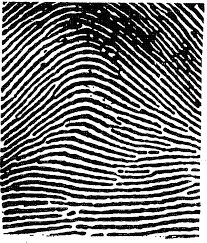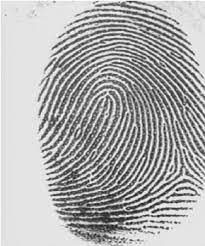Sometimes used in forensic cases to help determine the truthfulness of someone who may be connected to a possible crime.
Polygraph/Lie Detector Test
The name of the decedent in our class who has just died
Anna Garcia
Finger print pattern that slopes up and down resembling a mountain

Arch
The point in time when a person ceases to exist
Time of Death
The total number of blood type possibilities for humans
8
(A+, A-, B+, B-, O+, O-, AB+, AB-)
The condition after death where muscles stiffen caused by chemical changes in the body postmortem
Rigor Mortis
The physiological data that is measured while conducting a polygraph
Blood pressure, heart rate, respiratory rate, and skin conductivity
Signs, items, or material that supports, or corroborates a crime
Evidence
Finger print pattern where ridges curve to form a circular shape

Whorl pattern
The place where an offense has been committed
Crime Scene
The blood type that is the universal donor
O-
Condition of the body postmortem where blood pools on the dependent parts of the body due to gravity
Livor mortis
The reason why polygraphs are not admissible in court
Not always accurate, some people can manipulate their responses
Someone who law enforcement thinks may have information related to a possible crime.
Person of Interest
A fingerprint pattern where ridges curve back on themselves forming a particular shape

Loop
The importance of knowing the crime scene ambient temperature.
To calculate time of death. Really hot and cold temperatures can affect decomposition rates.
The blood type that is the universal recipient
AB+
The condition of the body when the temperature cools postmortem
Algor mortis
The person that conducts the autopsy of a deceased person
Medical examiner (Pathologist)
The component of blood that helps with clotting
Thrombocytes or Platelets
Term used to describe why someone died. Examples include homicide, suicide, accidental, natural causes. (most vague)
Manner of death